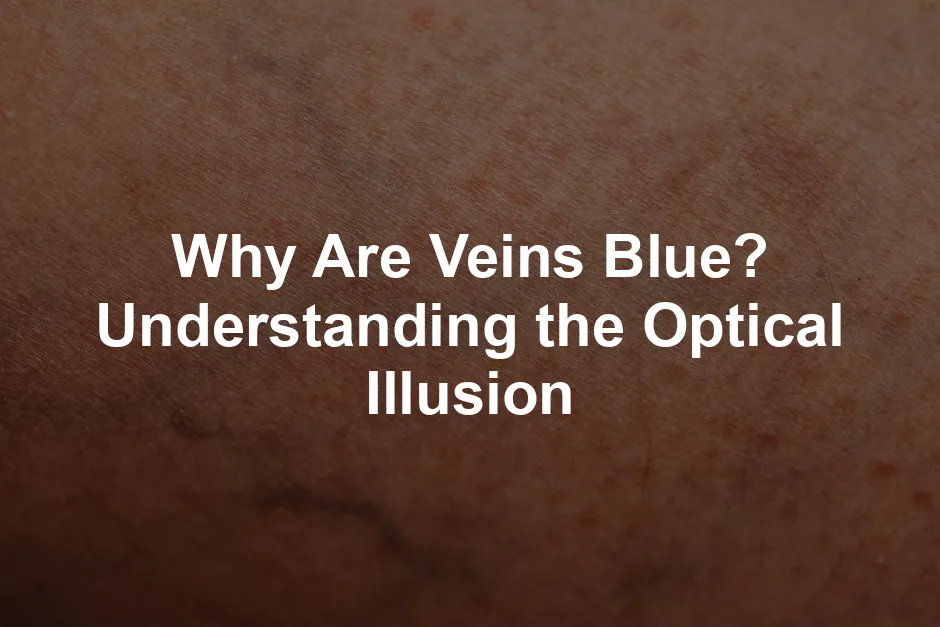
Why Are Veins Blue? Understanding the Optical Illusion
Introduction
Ever noticed how your veins look blue? It’s a curious phenomenon. After all, blood is red. So why do veins seem to be a different color? Understanding this optical illusion is essential for both medical insight and aesthetic appreciation. Let’s uncover the reasons behind this intriguing visual effect.
Summary and Overview
Veins appear blue due to how our skin interacts with light. When white light hits your skin, different wavelengths behave uniquely. Red light penetrates deeper and gets absorbed by hemoglobin, while blue light reflects off the skin. This reflection makes veins look blue. Factors like skin tone and vein depth can influence how we perceive their color. It’s crucial to grasp these concepts, as changes in vein coloration can indicate health issues.
If you’re looking to support your vein health, consider trying Vein Health Supplements. These little wonders can help improve circulation and reduce discomfort, making you feel like a million bucks while strutting your stuff!
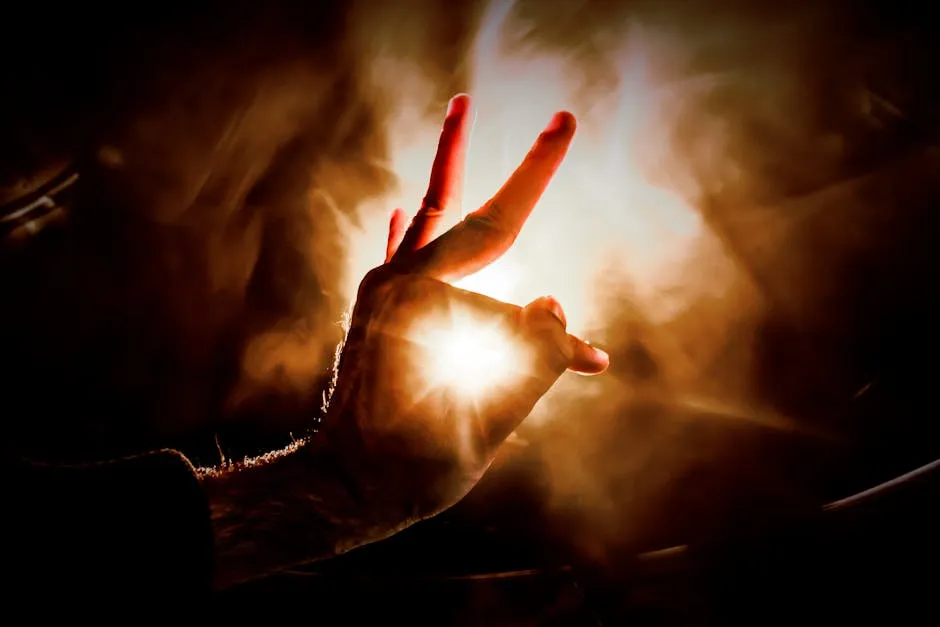
The Science Behind Vein Coloration
How Light Interacts with Skin
Light consists of different wavelengths, each behaving distinctly when it encounters our skin. Red light has a longer wavelength, allowing it to penetrate deeper. It gets absorbed by hemoglobin in the blood, which makes blood look red. Conversely, blue light, with its shorter wavelength, doesn’t penetrate as deeply. Instead, it reflects back to the surface. This reflection creates the blue appearance of veins.
The Role of Skin Tone
Your skin tone plays a significant role in how visible your veins are. Lighter skin allows for a clearer view of the underlying veins. In contrast, darker skin absorbs more light, often leading to a less pronounced vein color. Thus, individuals with fair skin may notice their veins appear more blue or even greenish. This variation highlights the importance of individual differences in vein visibility.
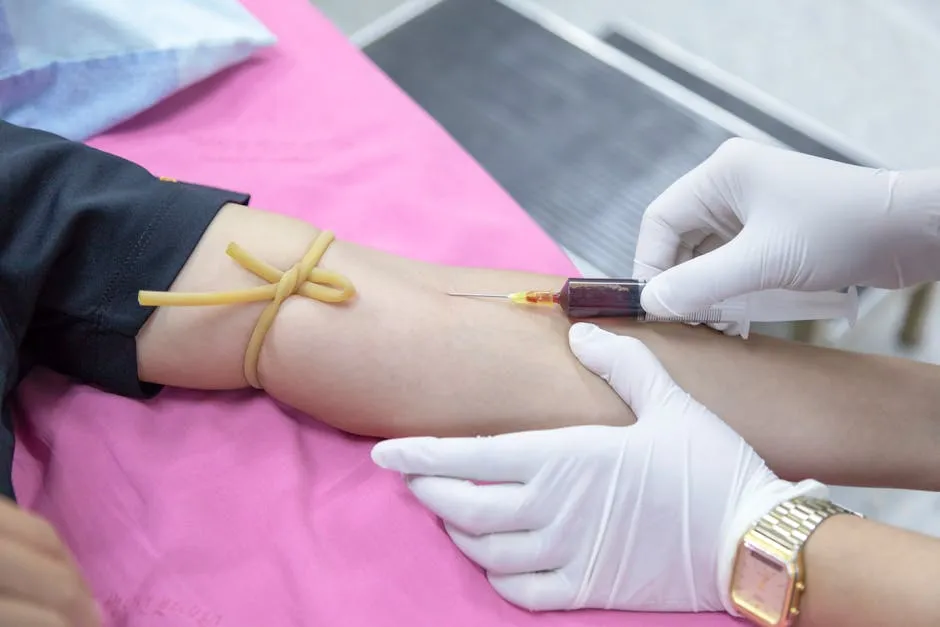
Understanding why veins look blue involves recognizing how light interacts with our skin and the underlying blood vessels. By grasping these concepts, you become more informed about your health and the visual aspects of your body. If you notice unusual changes in vein color, don’t hesitate to consult a medical professional.
To further enhance your understanding, you might want to grab an Anatomy Coloring Book. It’s a fun way to learn about the body and might just make you the life of the party with your newfound knowledge!
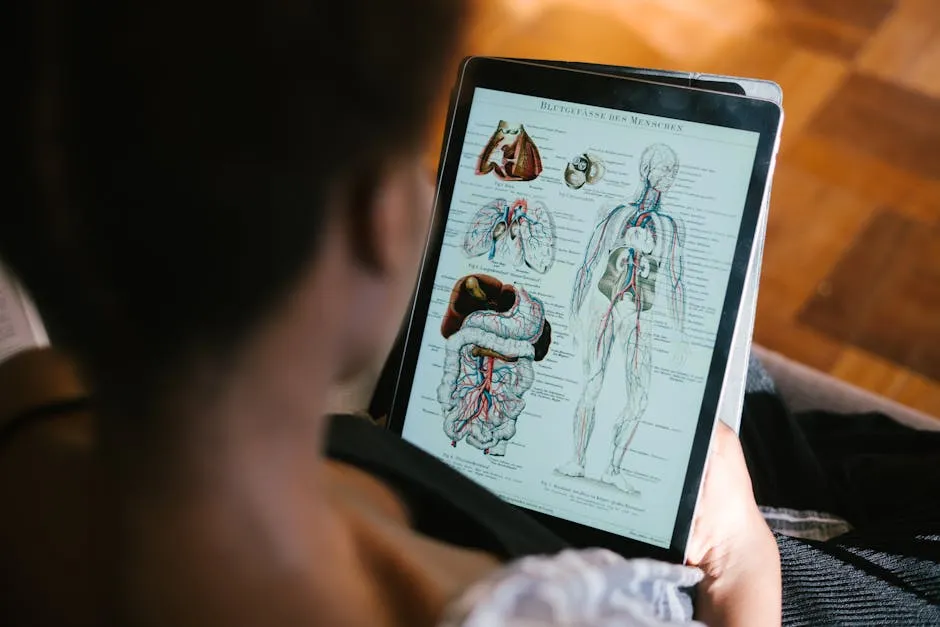
Depth and Size of Veins
How Depth and Diameter Influence Color Appearance
The depth and size of veins play a crucial role in their color. Veins are usually located closer to the skin’s surface than arteries. This proximity makes them more visible. Larger veins also tend to appear more pronounced. Their larger diameter allows more light to reflect back to our eyes. The interplay of light absorption and reflection causes these visible veins to take on a bluish hue.
Why Veins Are Typically More Visible Than Arteries
Veins often look more prominent than arteries. This is primarily due to their structure. Veins have thinner walls compared to arteries. Thinner walls allow more light to penetrate and reflect back. Additionally, veins carry deoxygenated blood, which can also play a role in how they appear through the skin. In many cases, the combination of these factors makes veins easier to spot than arteries.
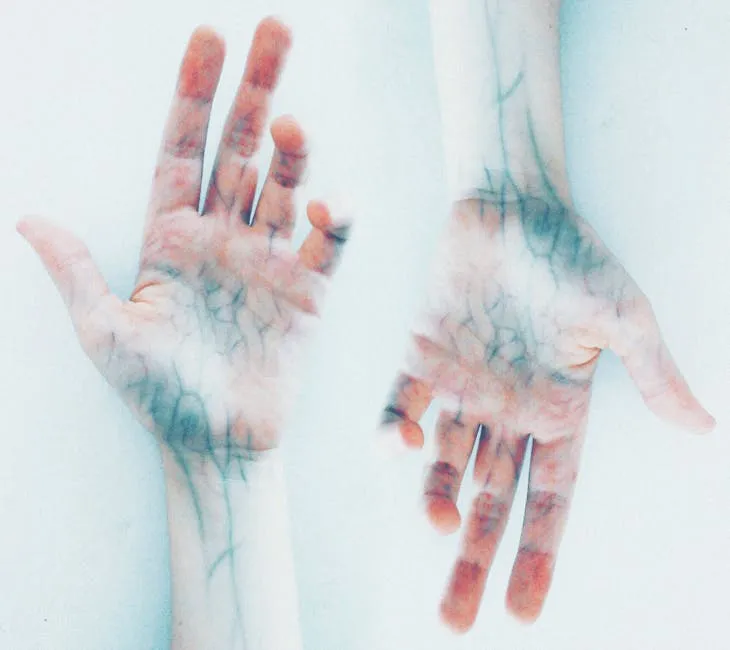
If you’re interested in the medical side of things, consider checking out a Medical Textbook on Vascular Health. It’s like a treasure trove of knowledge just waiting for you to dive in!
Factors Affecting the Perception of Veins
Genetics and Individual Variation
Genetics significantly impact how visible your veins are. Some people naturally have more prominent veins due to hereditary traits. For instance, those with fair skin may notice their veins more than those with darker skin. Variations in skin thickness also come into play. Thinner skin allows for better visibility of veins, making them appear bluer or greener.
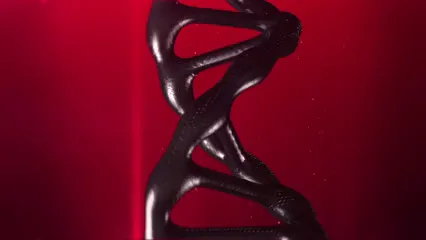
Environmental Influences
Environmental factors can influence vein visibility too. Temperature changes can cause veins to dilate or constrict. In hot weather, veins may become more prominent as they expand. Sunlight exposure can also alter how our veins look, sometimes making them appear darker. Physical activity can further increase blood flow, making veins swell and become more noticeable during and after exercise.
Speaking of staying active, if you’re looking to get fit at home, consider investing in Resistance Bands for Home Workouts. They’re versatile, easy to use, and can help strengthen those muscles while keeping your veins happy!
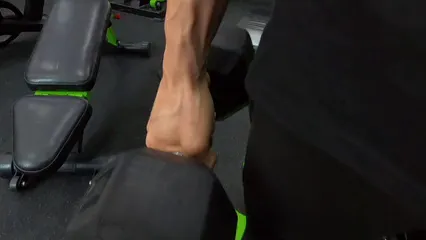
Medical Conditions
Certain medical conditions can affect how veins appear. For instance, varicose veins and venous insufficiency can cause veins to look more pronounced. These conditions occur when veins become overworked or weakened. If you notice sudden changes in the appearance of your veins, it’s essential to consult a specialist. Signs that warrant a visit include pain, swelling, or significant changes in color. Regular check-ups can help maintain vein health and prevent complications.
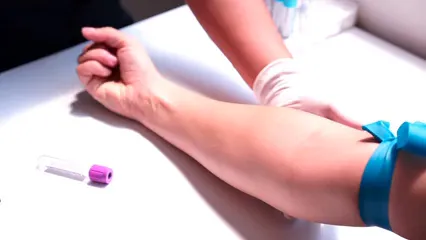
To help manage vein health, consider using Compression Socks for Varicose Veins. They can help improve circulation and reduce discomfort, making you feel more comfortable during your daily activities.
Common Misconceptions About Vein Color
Are Blue Veins Always Healthy?
Many people believe that blue veins are a sign of poor health. This misconception is understandable but misleading. Blue veins are usually normal and often just a result of how light interacts with your skin. When blood returns to the heart, it is deoxygenated and appears darker. However, this doesn’t mean there’s a health issue.
Normal visible veins can vary in color based on skin tone and depth. If your veins appear blue, it might simply be due to your skin’s pigmentation. Yet, if you notice sudden changes in vein color or accompanied symptoms like pain or swelling, it’s essential to consult a healthcare professional. They can assess whether it’s a cosmetic concern or something more serious.
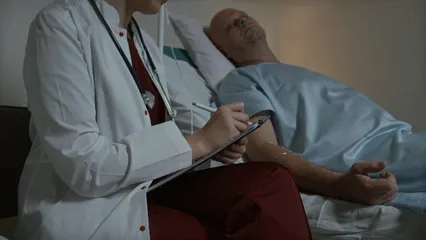
Why Do Some People Have Green or Purple Veins?
You might have noticed that some people claim to have green or purple veins. This perception often depends on various factors. Lighting plays a significant role in how we see vein colors. In natural light, veins may appear blue, while artificial lighting can shift their appearance to green or purple.
Skin tone also influences this perception. Lighter skin often makes veins appear bluer, while darker skin may give them a greenish hue. Additionally, subcutaneous fat can impact how visible the veins are, changing their color appearance. Understanding these factors can help you appreciate the unique colors of your veins without worrying about your health.
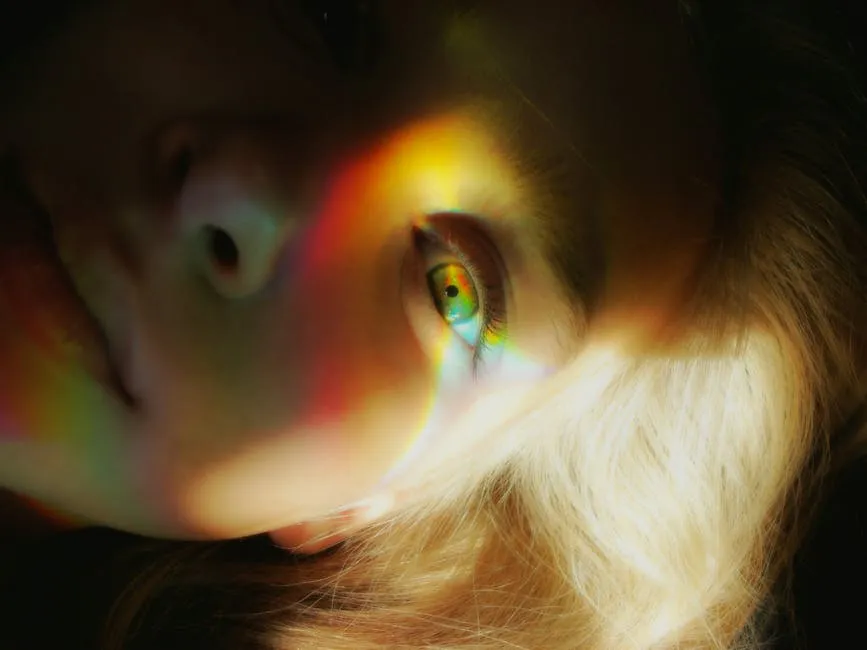
Visualizing Veins: Practical Applications
Medical Implications
Understanding vein color can assist medical professionals in assessing health. For example, when doctors need to locate veins for injections, they may use specific lighting techniques. By shining red or infrared light, they can make veins more visible. This helps in ensuring accurate placement for procedures like IVs or blood draws.
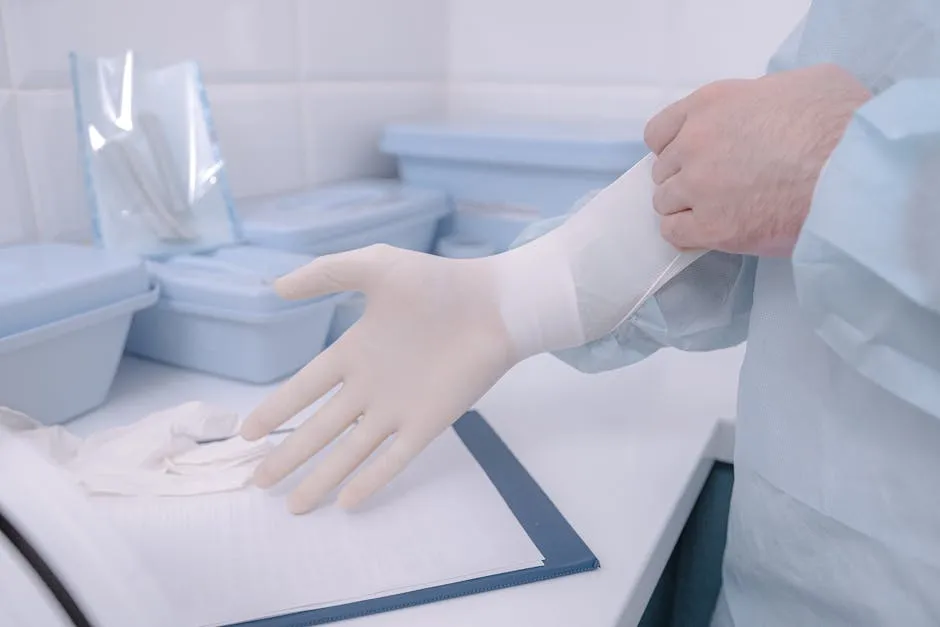
Awareness of vein coloration also aids in diagnosing conditions. If veins change color or become more prominent, it may indicate underlying issues. Being aware of these changes can lead to timely medical evaluations, ensuring better health outcomes. For those interested in exploring the latest technology, a Vein Finder Device can be a game-changer in locating veins for procedures.
Aesthetic Considerations
Visible veins can raise cosmetic concerns for many. People often seek ways to reduce their visibility for aesthetic reasons. Treatments like sclerotherapy and laser therapy are popular options. These methods effectively minimize the appearance of varicose veins and spider veins.
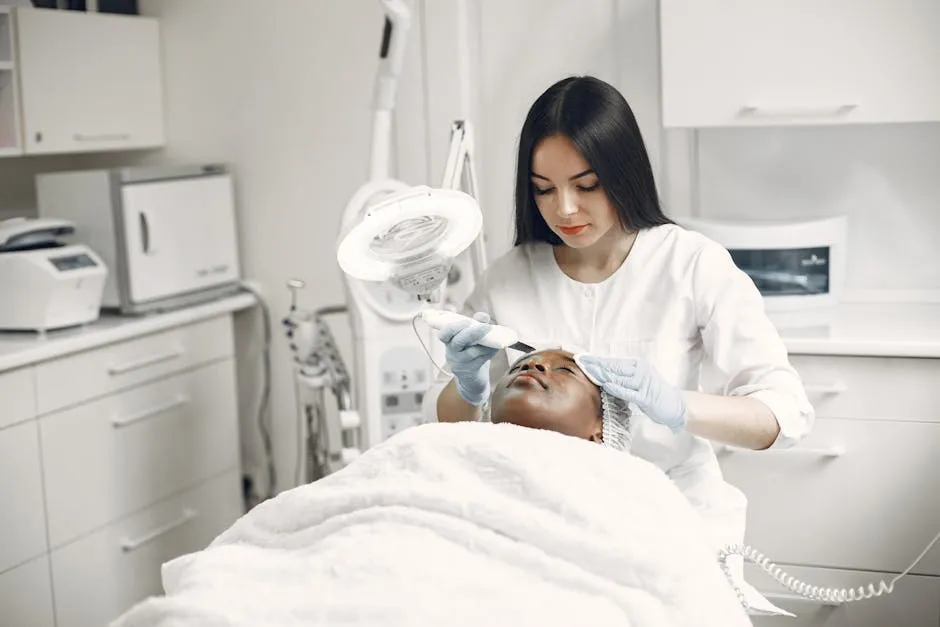
If you feel self-conscious about your visible veins, know that you’re not alone. Many seek solutions to improve their appearance. Consulting a specialist can provide you with tailored treatment options for your needs. After all, feeling confident in your skin is essential! You might also want to explore LED Light Therapy Device for Skin, which can help improve your skin’s appearance, as well!
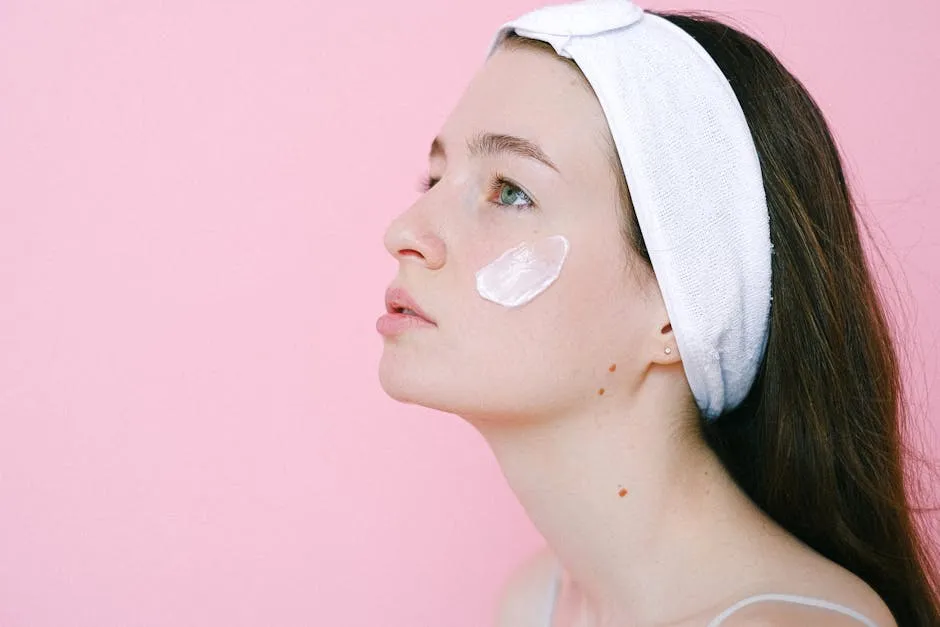
Conclusion
In summary, veins appear blue primarily due to how light interacts with your skin. The absorption of red light and the reflection of blue light create this optical illusion. Factors like skin tone, vein depth, and individual genetics also play a role in the perceived color of veins.
Being aware of vein coloration is important for both health and aesthetic reasons. Understanding how veins look can help you recognize any sudden changes, which might indicate underlying health issues. If you notice any unusual shifts in your veins, don’t hesitate to consult a medical professional. Your vein health is essential, and early intervention can make a significant difference. For those looking to monitor their health, a Health Monitoring Smartwatch could provide valuable insights into your well-being!
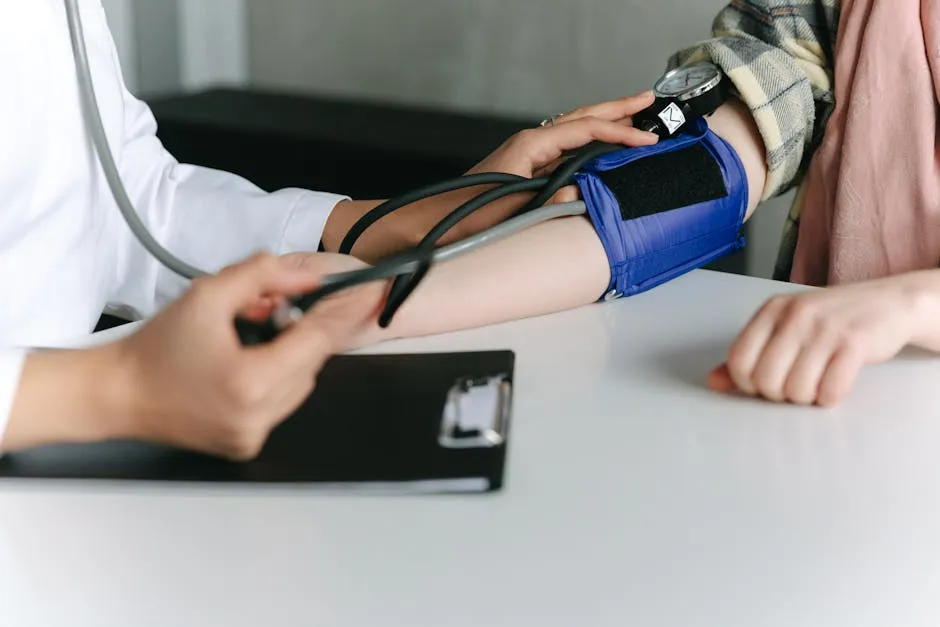
FAQs
Why do my veins look blue in some light and green in others?
The color of your veins can change based on lighting. Different light sources have varying wavelengths. In natural light, veins may appear blue, but under certain artificial lights, they might look green. This shift occurs due to how skin scatters and absorbs light.
Are blue veins a sign of poor circulation?
Typically, blue veins are a normal appearance and not a sign of poor circulation. However, if blue veins come with symptoms like pain or swelling, it may indicate a circulatory issue. It’s important to monitor any accompanying signs and consult a healthcare provider if needed.
What should I do if I notice sudden changes in my vein color?
If you observe sudden changes in your vein color, especially if they come with pain or swelling, seek medical advice. These changes could indicate underlying health issues that may require attention. It’s better to err on the side of caution when it comes to your health.
Do all people have blue veins?
Not everyone has the same vein visibility. Your genetics play a big role. Some people naturally have more prominent veins. Skin tone also affects how we see veins. For instance, individuals with lighter skin may notice their veins more easily. Thinner skin allows light to penetrate and reflect back more effectively. Conversely, darker skin tones often mask vein visibility. Other factors include body fat and hydration levels. Less body fat means veins sit closer to the surface, making them easier to see.
Can aging affect the color of my veins?
Aging impacts skin thickness and elasticity. As we get older, skin may thin out. This thinning makes veins appear more pronounced. Additionally, the fat layer beneath our skin decreases with age. This reduction contributes to increased visibility of veins. Changes in circulation can also alter how veins look. You might notice your veins becoming more prominent or even changing color. This is a normal part of aging, but it’s always good to monitor any sudden changes.
Are there treatments for prominent blue veins?
Yes, there are effective treatments for visible veins. Many people seek help for varicose and spider veins. Common options include sclerotherapy. This involves injecting a solution into the vein, causing it to collapse and fade. Another effective treatment is laser therapy, which targets and seals off problematic veins. Radiofrequency ablation is also popular. This technique uses heat to close off affected veins. If you’re concerned about visible veins, consult a specialist for advice on the best options for you.
Is it normal for my veins to be more visible after exercise?
Absolutely! It’s common for veins to become more visible during and after exercise. When you work out, your heart pumps faster. This increases blood flow to your muscles. As a result, your veins expand to accommodate this extra blood. The combination of increased blood volume and skin temperature leads to greater visibility. Your veins may look more prominent, especially in your arms and legs. This is a normal physiological response and usually not a cause for concern.
Please let us know what you think about our content by leaving a comment down below!
Thank you for reading till here 🙂
All images from Pexels




